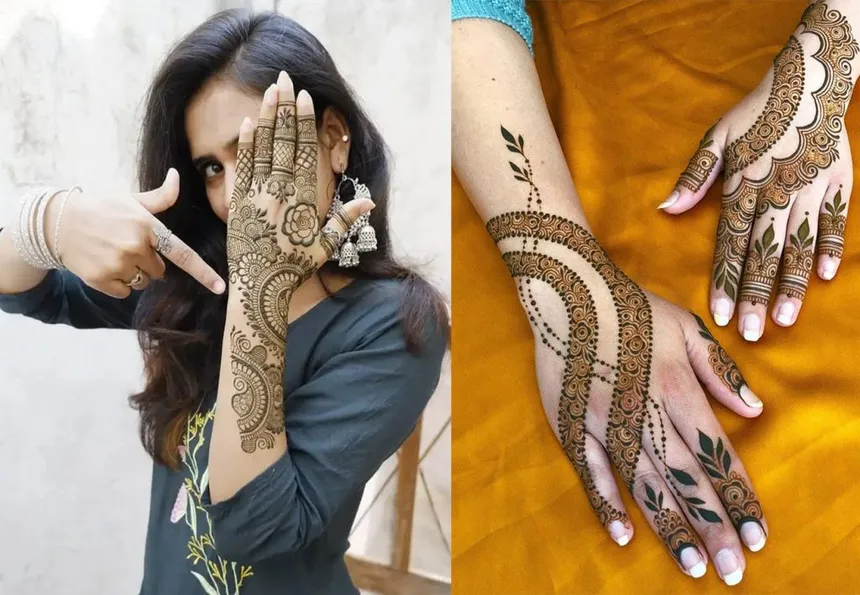Table of Contents
Mehndi design is an ancient art that has become a crucial part of many cultures, especially in India. It is not just an art form but a tradition that enhances the beauty of various celebrations. From weddings to festivals, mehndi design adds a touch of elegance and charm to every occasion.

The History of Mehndi Design
Mehndi has been used for thousands of years. Its origins can be traced back to ancient Egypt and India. In ancient times, mehndi was used for its cooling properties and was applied on the hands and feet to provide relief from heat. Over time, it evolved into a decorative art form and became an essential part of various cultural and religious ceremonies.
Types of Mehndi Design
There are different types of mehndi designs, each with its unique style and pattern. Here are some popular types:
- Indian Mehndi Design: These designs are intricate and detailed. They often include motifs like peacocks, flowers, and paisleys. The designs usually cover a significant portion of the hands and feet.
- Arabic Mehndi Design: Arabic designs are simpler compared to Indian designs. They typically feature bold lines, floral patterns, and geometric shapes. These designs are usually less dense and leave more skin visible.
- Indo-Arabic Mehndi Design: This style is a fusion of Indian and Arabic designs. It combines the intricate patterns of Indian mehndi with the bold outlines of Arabic mehndi. This style is gaining popularity due to its unique and appealing look.
- Moroccan Mehndi Design: Moroccan designs are different from traditional Indian and Arabic designs. They include geometric patterns and shapes, giving them a modern and stylish appearance.
- Western Mehndi Design: In recent years, mehndi has gained popularity in Western countries. Western designs often incorporate contemporary elements like hearts, stars, and initials. These designs are usually minimalistic and chic.
The Process of Applying Mehndi
Applying mehndi is a meticulous process. Here is a step-by-step guide:
- Preparation: The first step is to prepare the mehndi paste. Henna powder is mixed with water, lemon juice, and essential oils to create a smooth paste. The paste is then allowed to rest for a few hours to enhance its color.
- Designing: The mehndi paste is filled into a cone, similar to a piping bag used for icing cakes. The artist then applies the paste on the skin, creating beautiful designs. This requires a steady hand and a lot of patience.
- Drying: After the design is applied, it is left to dry. This can take several hours. To keep the mehndi moist and to achieve a darker color, lemon juice and sugar mixture can be applied on top of the design.
- Peeling and Washing: Once the mehndi is completely dry, it starts to crack and can be scraped off. The skin is then washed with water, revealing the orange-red stain. The color deepens over the next 24-48 hours.
Mehndi in Modern Times
Today, mehndi is not just limited to traditional occasions. It has become a popular fashion trend. Many people apply mehndi for its aesthetic appeal. Temporary henna tattoos are also in vogue, offering a way to enjoy the beauty of mehndi without the long-term commitment.
Conclusion
Mehndi design is a beautiful and timeless art form. Its intricate patterns and deep cultural significance make it a beloved tradition in many parts of the world. Whether it’s for a wedding, festival, or just for fun, mehndi design adds a touch of elegance and tradition to any occasion. If you haven’t tried it yet, give it a go and experience the magic of mehndi design.